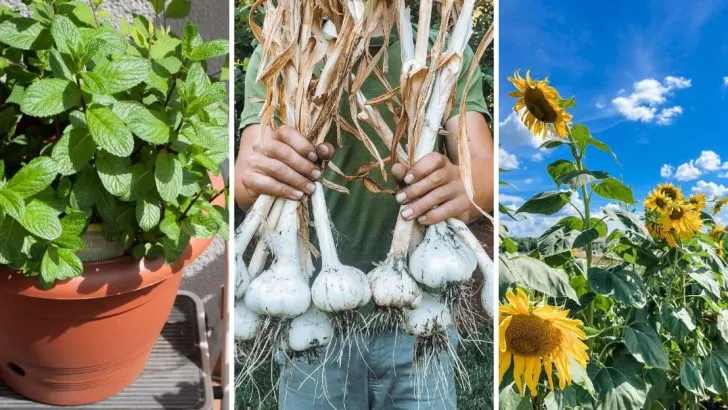Hydrangeas are a garden favorite, known for their lush blooms and vibrant colors that brighten any outdoor space. However, their beauty and vitality can be easily compromised by poor planting choices. Certain plants, when grown nearby, can compete for nutrients, disrupt soil balance, or even attract pests and diseases that target hydrangeas.
If you want to ensure your hydrangeas thrive, it’s essential to know which plants to avoid placing in their vicinity.
From overly aggressive growers to plants with conflicting care needs, this list reveals 11 plants that could spell trouble for your hydrangeas. Let’s dive into the combinations to steer clear of to keep your garden flourishing!
Black Walnut
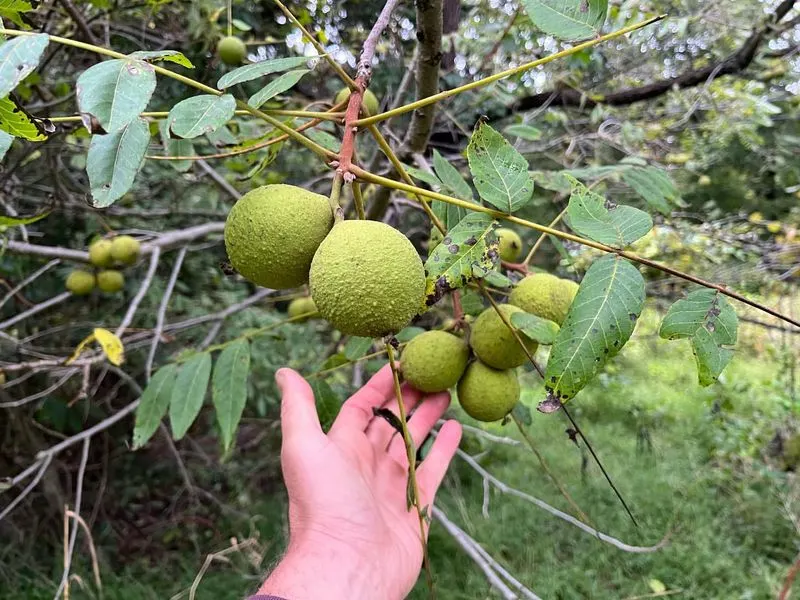
The majestic black walnut tree is a sight to behold, but its roots secrete juglone, a chemical harmful to many plants. Hydrangeas, susceptible to this toxin, may show signs of wilting and stunted growth if planted nearby.
For a thriving garden, it’s best to position black walnut trees well away from sensitive plants like hydrangeas. Consider opting for a different tree species that doesn’t release juglone if you’re planning a close-knit garden space. This way, your hydrangeas can flourish without the risk of chemical interference.
English Ivy
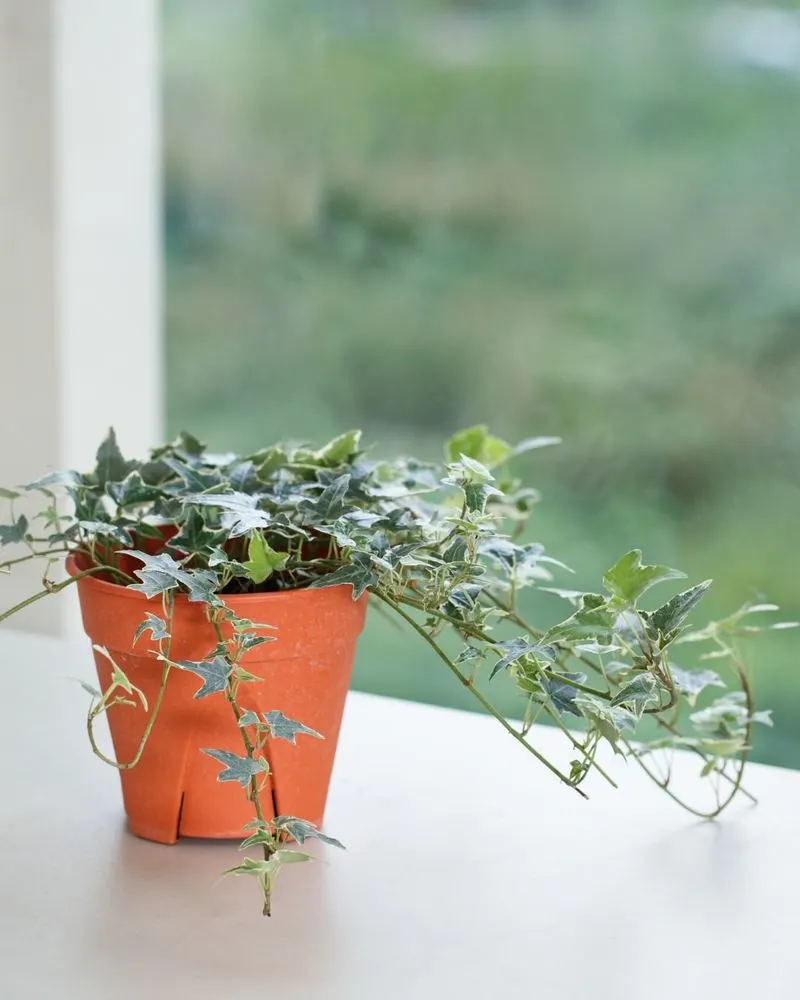
Though visually appealing, English ivy is notoriously invasive. Its vigorous growth can quickly outpace nearby plants, leading to competition for sunlight and nutrients. Hydrangeas planted near English ivy risk being overshadowed, which can compromise their blooming potential. Maintaining a safe distance between the two can prevent ivy from exerting its dominance. Regular pruning of ivy can also help keep its spread in check, ensuring all your garden plants have room to grow and resources to thrive.
Bamboo
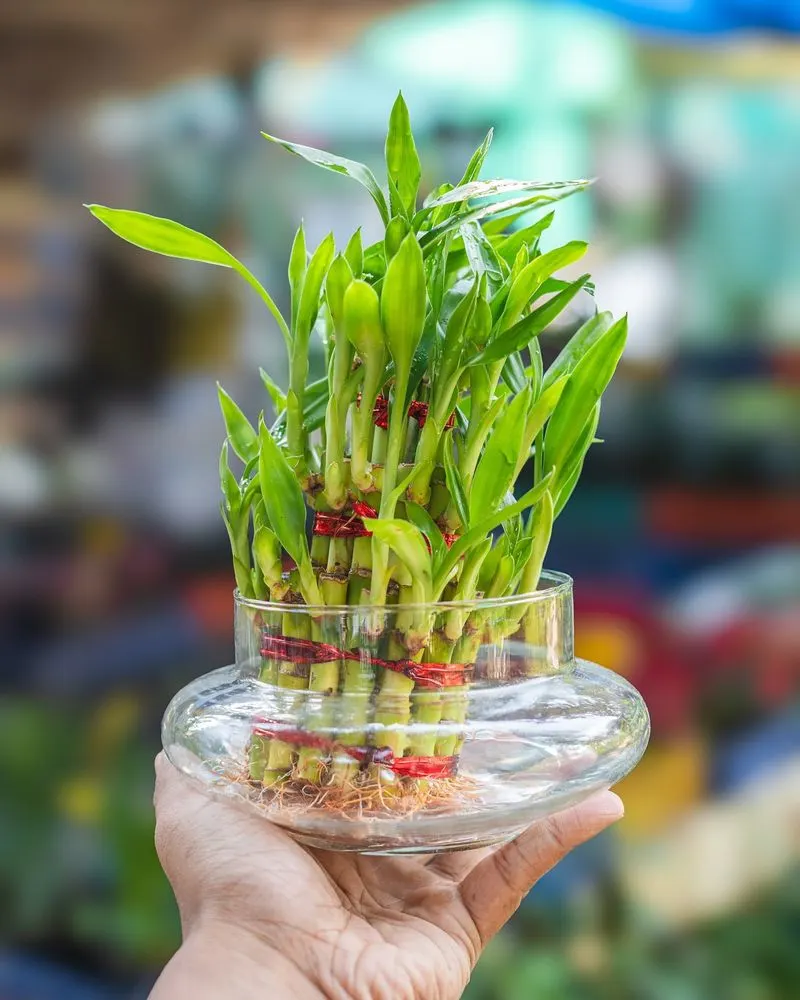
Bamboo is renowned for its rapid growth and dense root system. These attributes, while impressive, can be detrimental to hydrangeas. The robust root network of bamboo can monopolize soil nutrients and moisture, leaving little for neighboring plants.
To protect your hydrangeas, consider using root barriers or placing bamboo at a considerable distance. This ensures that your garden’s nutrient balance remains intact and your hydrangeas can access the resources they need to bloom beautifully.
Mint
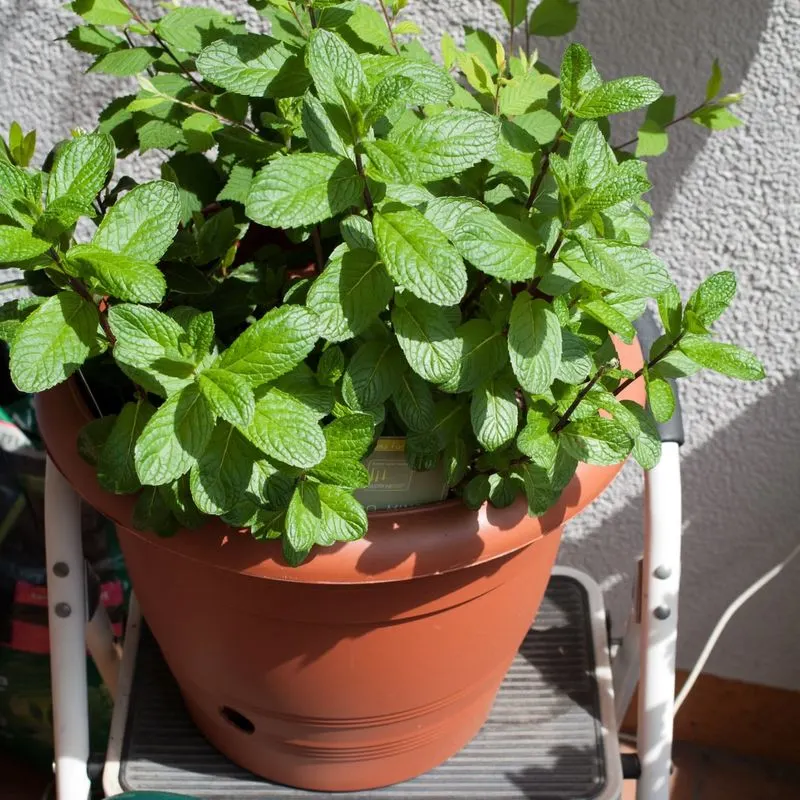
Mint’s aromatic leaves are a delightful addition to any garden, but its spread can become unmanageable. With a propensity to dominate space, mint can crowd out nearby plants, including hydrangeas. This competition for space and nutrients can hinder your hydrangeas’ growth. Planting mint in containers can help control its spread while still allowing you to enjoy its fragrance and utility. By taking this precaution, you safeguard the well-being of your hydrangeas and other garden plants.
Eucalyptus
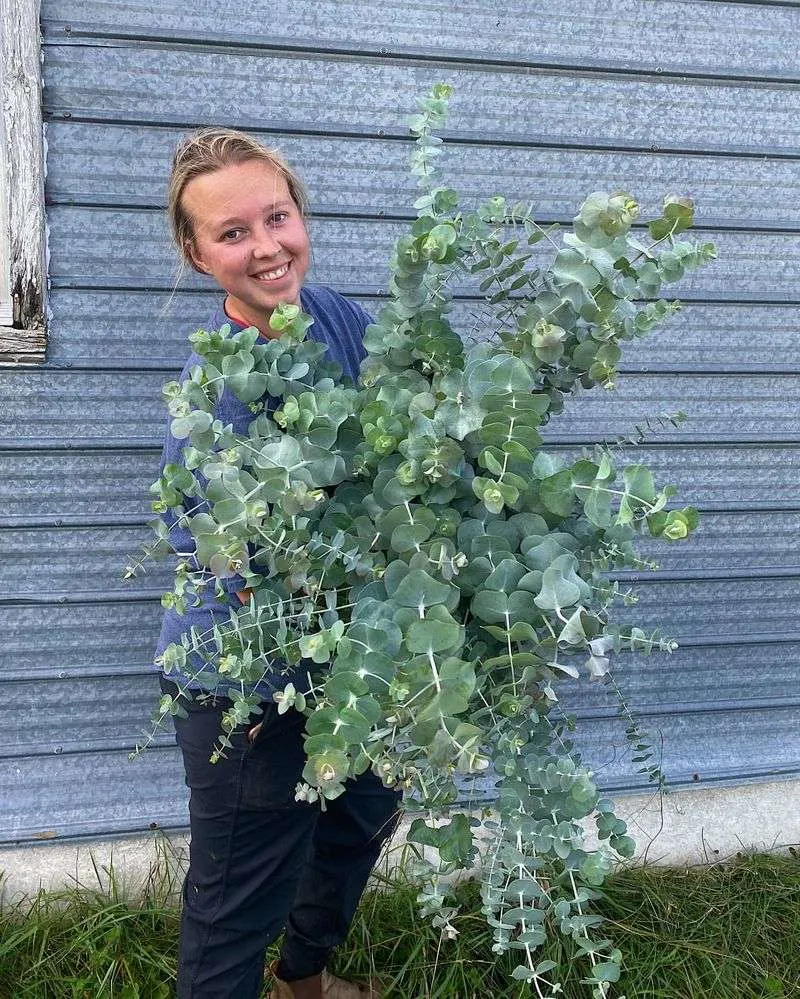
With its distinctive scent and towering presence, eucalyptus can be a garden favorite. However, its allelopathic properties can affect nearby plants, including hydrangeas. Eucalyptus releases chemicals that can inhibit the growth of other plants, leading to reduced vitality in sensitive species.
Ensuring there’s ample space between eucalyptus and hydrangeas can mitigate potential issues. Selecting non-allelopathic trees for close planting is another effective strategy for maintaining a harmonious garden environment.
Garlic
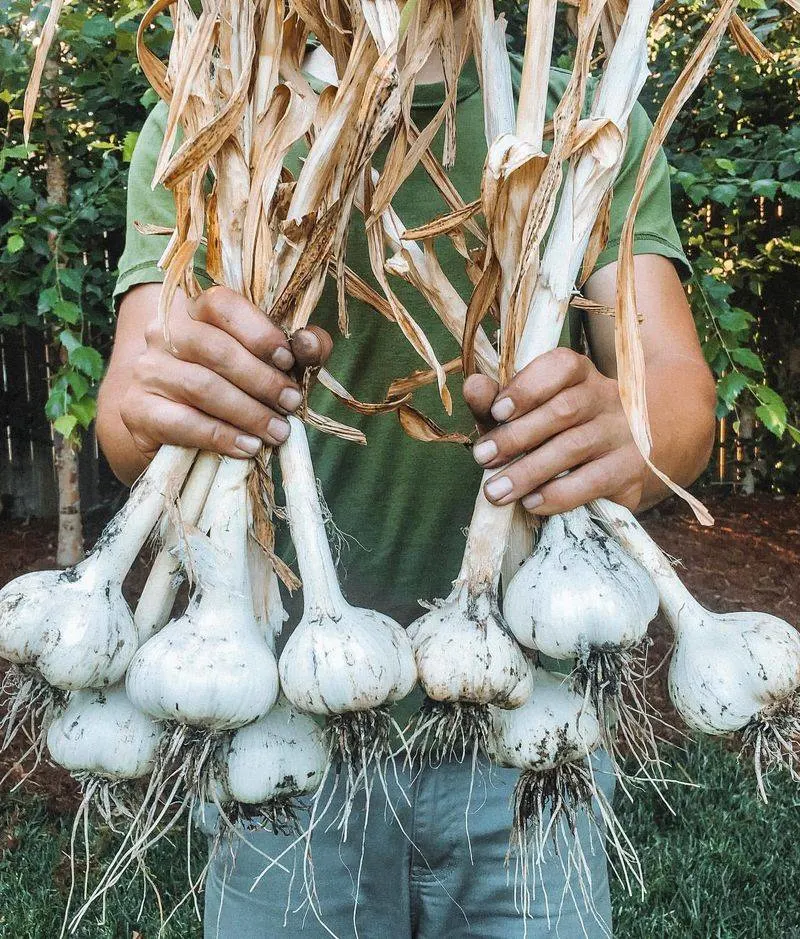
Garlic is celebrated for its culinary uses and pest-repelling abilities. Yet, its presence can pose challenges for certain plants. Hydrangeas, when planted too close, may experience inhibited growth due to garlic’s natural compounds. These compounds can alter the soil chemistry, making it less than ideal for hydrangeas. To maintain a balanced soil environment, consider dedicating separate sections for garlic and hydrangeas. This thoughtful planning allows each plant to thrive without competing influences from the other.
Sunflowers
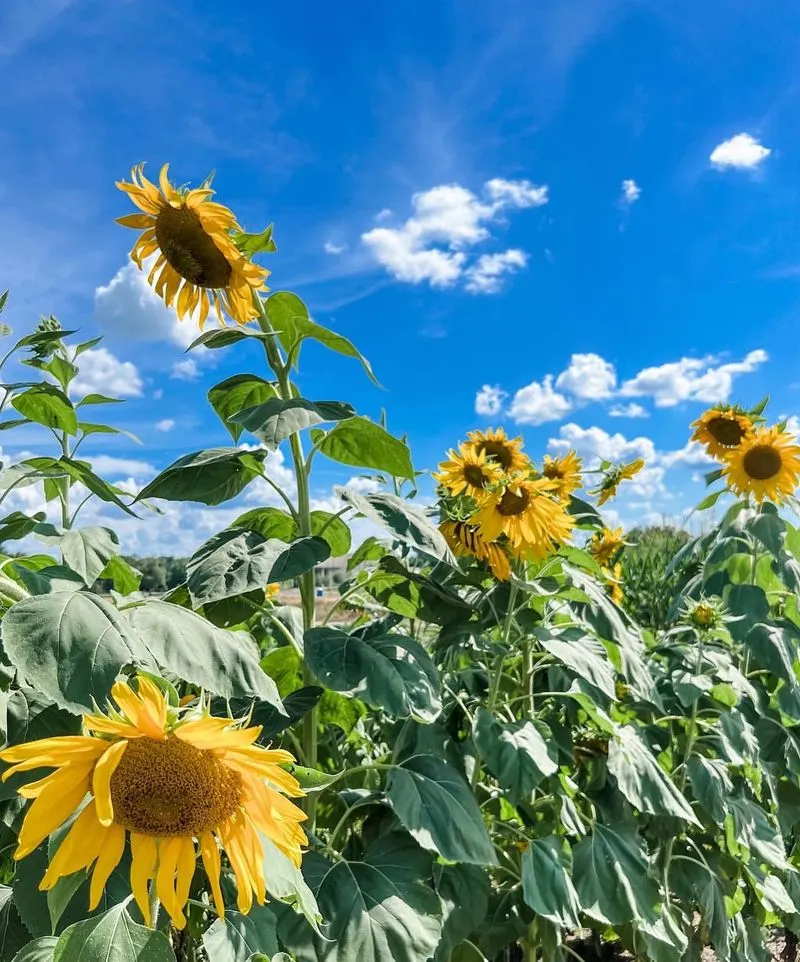
Sunflowers are a summer staple, bringing joy with their vibrant blooms. However, they are heavy feeders, requiring substantial nutrients and water. This demand can reduce the availability of these resources for hydrangeas planted nearby. To avoid nutrient competition, ensure that sunflowers and hydrangeas are placed at a considerable distance. Alternatively, provide additional fertilization to support both plants’ needs. This approach helps maintain the health and vigor of your hydrangeas while still enjoying the beauty of sunflowers.
Oleander
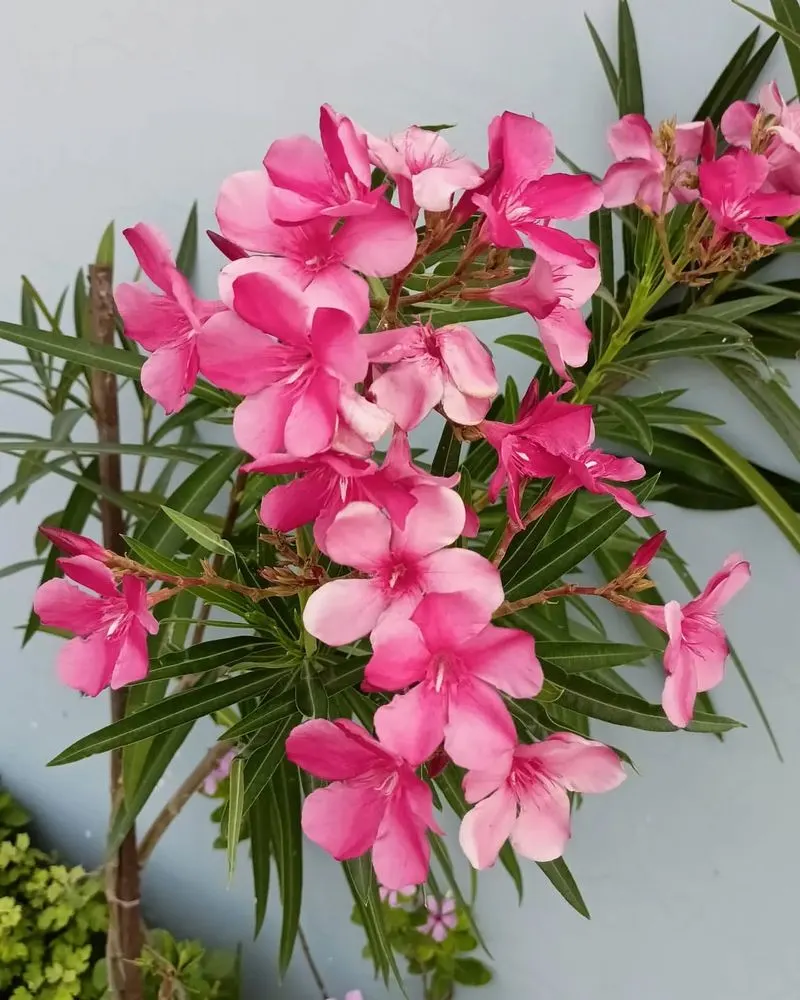
Oleander’s striking flowers add a touch of exotic allure to gardens, but they come with a caveat. All parts of the plant are toxic, and it can alter soil conditions unfavorably for hydrangeas. Proximity to oleander may lead to reduced growth and vitality in hydrangeas due to potential chemical interactions.
Choosing non-toxic ornamental shrubs for areas near hydrangeas can enhance your garden’s aesthetic without compromising plant health. This ensures a safe and thriving garden environment for all your plants.
Russian Sage
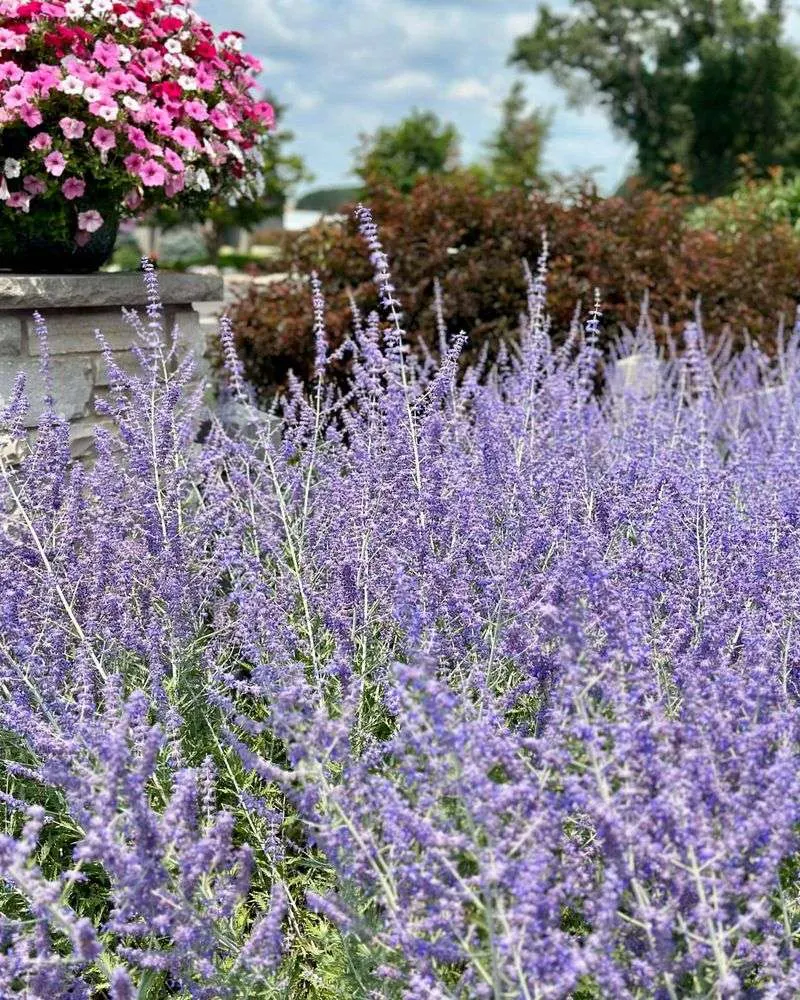
Russian sage is admired for its drought tolerance and lavender-like blooms. However, its competitive nature can pose challenges for water-loving plants such as hydrangeas. The sage’s ability to thrive in less-than-optimal conditions means it can outcompete hydrangeas for water resources. To maintain harmony, consider strategic placement where hydrangeas receive ample water away from Russian sage. This ensures that each plant can grow healthily without undue competition for essential resources.
Pine Trees
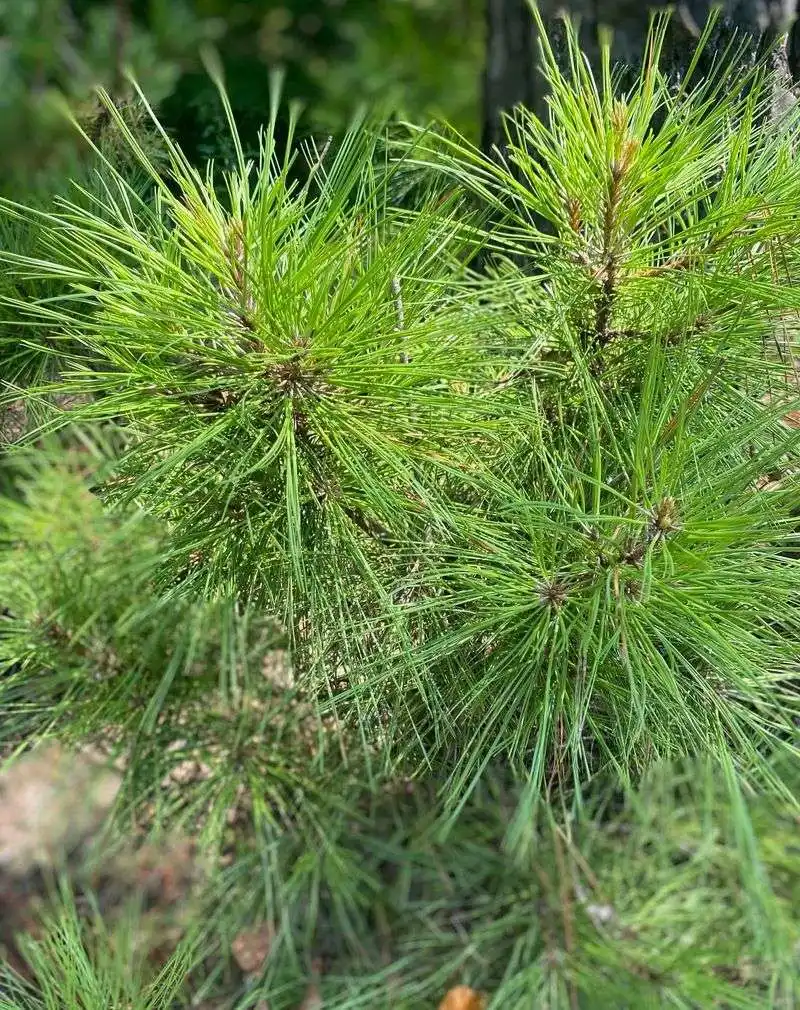
Pine trees, with their towering height and evergreen beauty, can dramatically alter garden ecosystems. Their needles acidify soil, which may not be favorable for hydrangeas preferring neutral to slightly acidic conditions. When planted nearby, hydrangeas might suffer from nutrient deficiencies. To safeguard your hydrangeas, ensure pine needles are cleared regularly and consider soil amendments. By managing soil pH levels, you can create a conducive environment for your hydrangeas to flourish alongside pine trees.
Azaleas
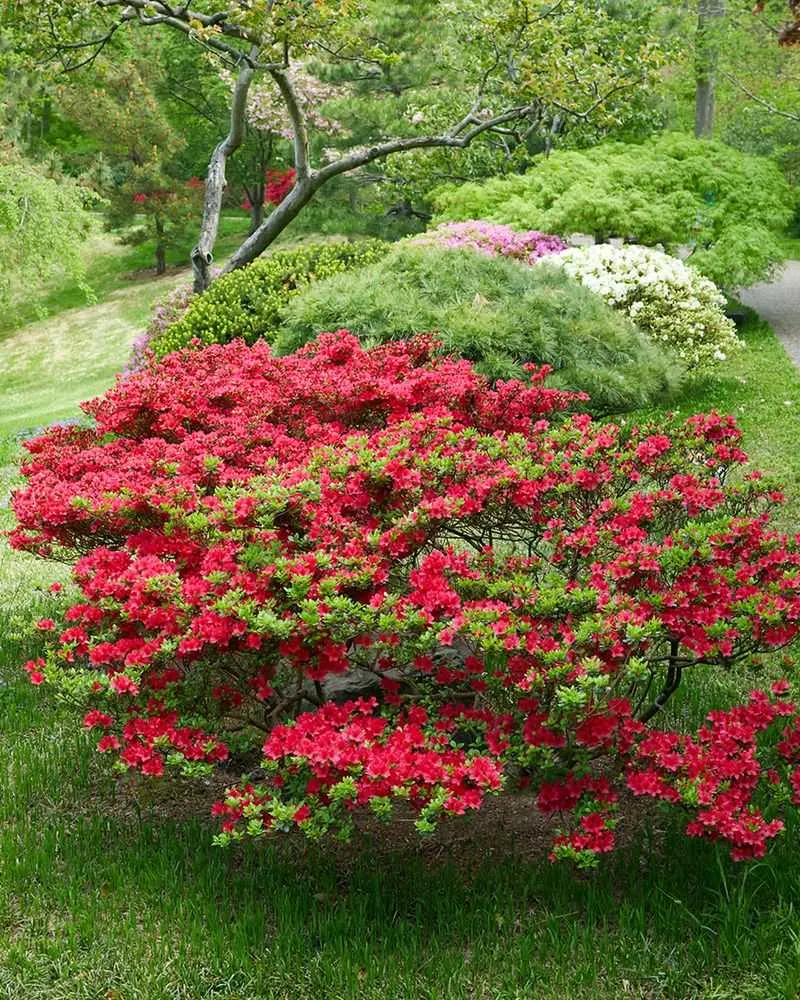
Azaleas and hydrangeas both thrive in acidic soil, yet their proximity can spark rivalry. Competing for similar nutrients, azaleas may overshadow hydrangeas, limiting their access to essential resources. Proper spacing and thoughtful placement can mitigate this competition, allowing both plants to prosper.
Regular monitoring of soil conditions and strategic fertilization support their growth needs. This balance ensures that your garden remains a harmonious haven for both hydrangeas and azaleas, without one outshining the other.

